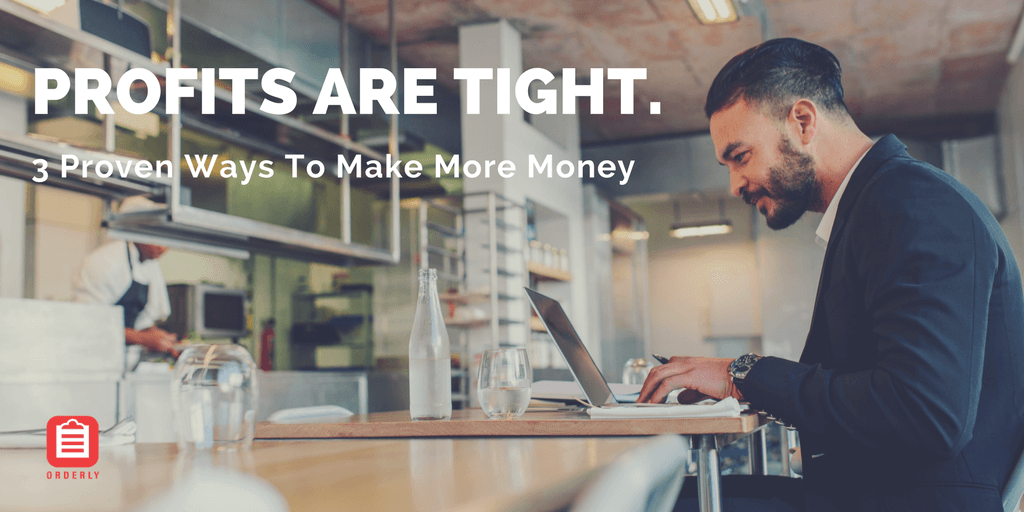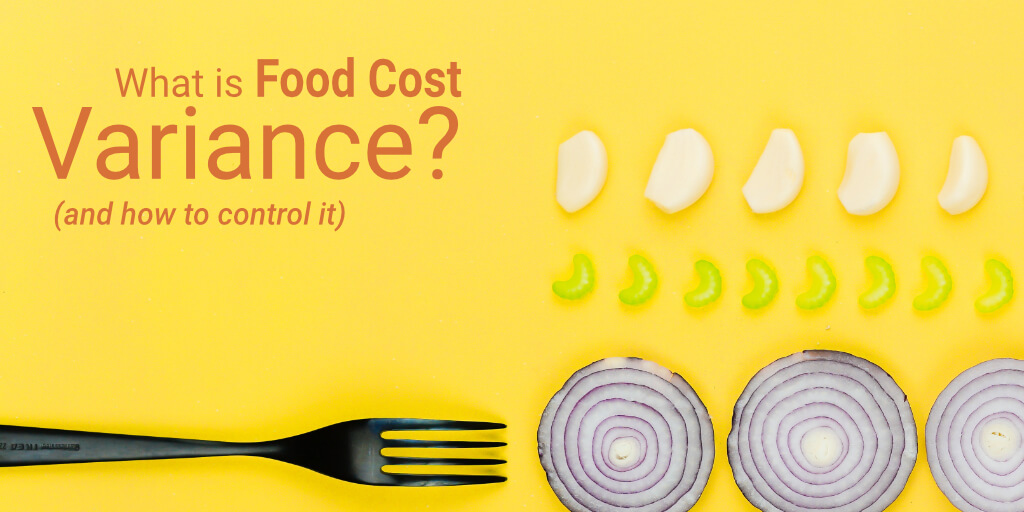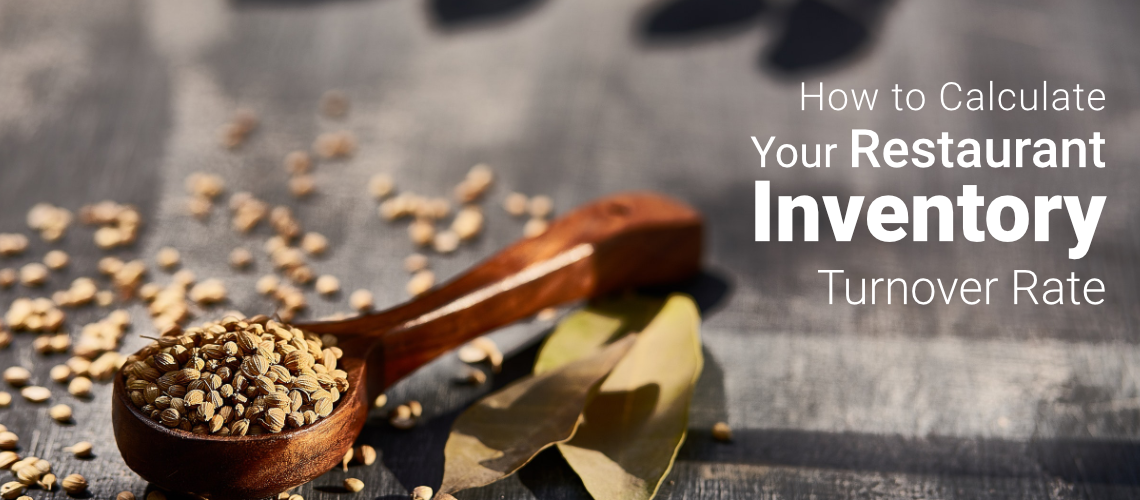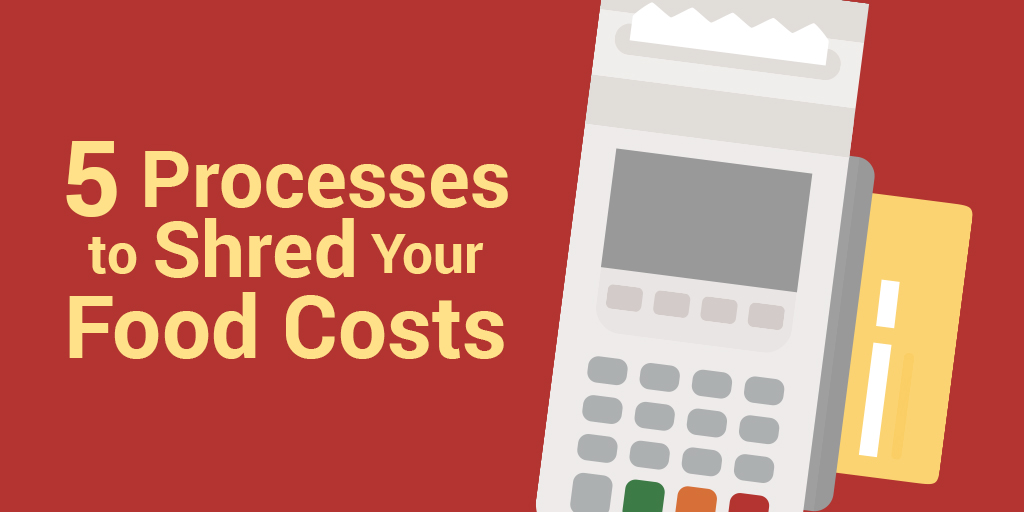An easy way to ensure you are profitable is to align the cost of your recipes with your selling price.
At the end of the day running a restaurant is a numbers game. Plain and simple, but let’s be honest, not everyone is a numbers person.
I remember costing out recipes and menus in my old kitchen.
I would spend hours in the kitchen like a mad scientist in his lab, diving into math problems, the likes of which I haven’t seen since high school. I was converting ounces to quarts or asking myself “How many grams in a fluid cup?”
I was portioning, cutting, measuring and weighing the breakdown of every ingredient in my recipes, down to the grain of rice. “I would have the most comprehensive recipes ever!” I thought.
After HOURS of work, I was finally able to sit back in the glory of my achievement and look at my finalized menu.
That’s when I began to realize that the margins on some of my recipes weren’t where they once had been. With the rising prices of ingredients, some of my most popular menu items were LOSING me money. To top it all off, my distributors were sending substitutions for products I had never purchased before.
This meant that if one ingredient changed or there was a price increase, I would have to go back into my spreadsheets and constantly update product changes and prices. What a headache.
Now some restaurants are blessed to have full time staff members to manage the numbers.
But not me.
Aside from being a chef, I unwillingly also signed up to be the in-house plumber, fridge repairman, and personal therapist for the wait staff. On top of that I was also expected to be the numbers person.
The number of hats I was wearing aside from running the kitchen was growing, and all the moving parts involved in costing out my menu were completely out of my control. So unfortunately, like many chefs, recipe costing got put on the back burner.
The Problem
The problem with recipe costing is that there are so many variables constantly changing.
Ingredient prices are skyrocketing, vendors are substituting ingredients you typically buy due to product shortages, and on a busy Friday night you run out to the local store to pick up supplies.
The price you paid for ground beef pre-pandemic is nowhere close to what you are paying today, meaning your margins have shrunk immensely on your burger.
Unless you are inspecting every invoice that comes through your door with a magnifying glass and noting ingredient price trends, you have no idea what menu items are costing you today.
This is bad. Every day that you are unaware of your profit margins is a day that you could potentially be bleeding money!
The Solution
Hopefully by now you get the gist of this post. Recipe Costing is SO important but also extremely difficult to maintain.
Orderly was developed for chefs, by chefs, to be the easiest and most reliable food costing tool on the market. The less time you spend in our software the more time you have to do what you truly love!
Simply build your recipes in Orderly once. One time.
That’s it.
With every invoice that comes into the system, Orderly will automatically update the ingredient price showing you the true cost of the recipe today and the current margins based off your selling price!
This allows you to make many updates and revisions as a problem arises.
Buying a new ingredient or your vendor sent a substitution? No problem!
Orderly groups together substitute ingredients with the products you typically buy.
This means that regardless of whether you bought Hormel Apple Wood Smoked Bacon last week or Oscar Myer Apple Wood Smoked Bacon this week, Orderly will group these like items together and use them interchangeably in your recipes depending on which item you bought most recently, giving you the most up today price for every menu item you build in Orderly!
Recipe costing is something that NEEDS to be done to ensure you are running a profitable business.
FINALLY, a recipe costing solution resilient to substitutions and supplier changes.
Say goodbye to daily recipe maintenance!
Ready to put your recipe costing on autopilot and receive up-to-date food cost insights?
Reach out today and our team will be happy to discuss how Orderly can help!















